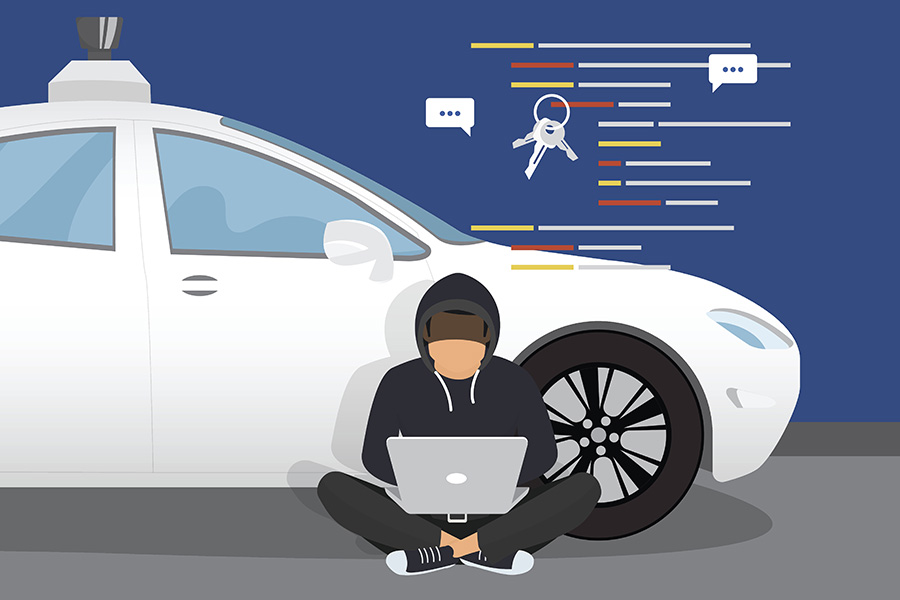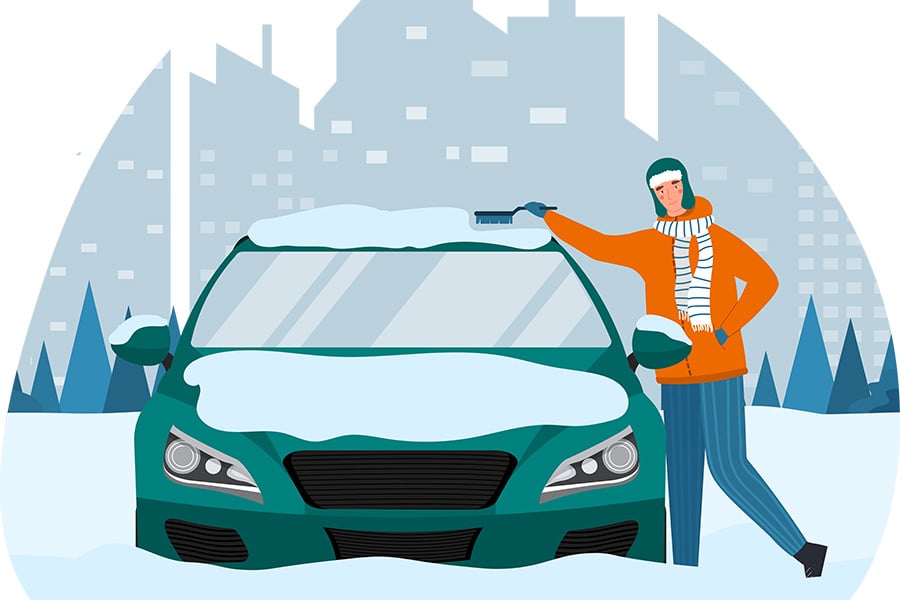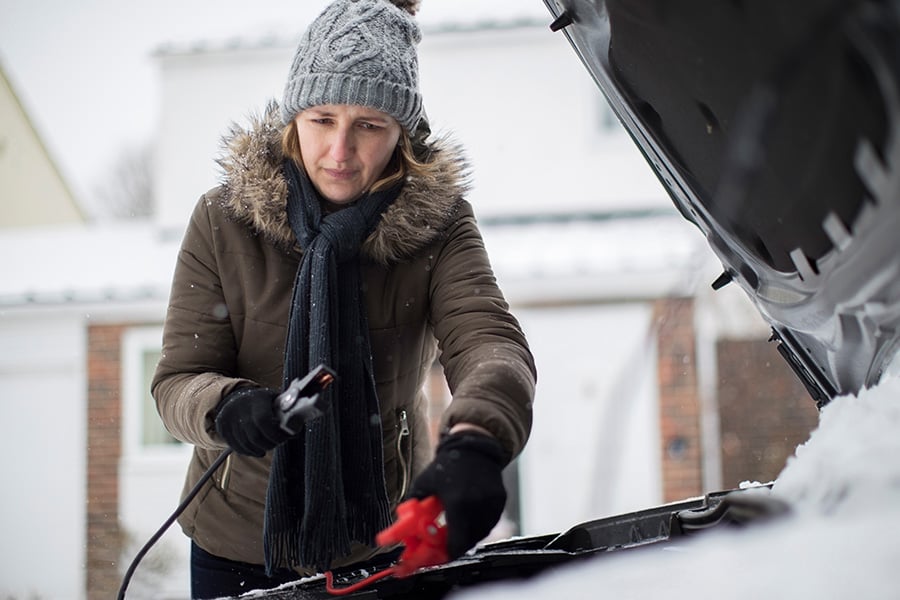Not So Fob-ulous

Though they may not look like much, key fobs utilize sophisticated radio technology. Within the plastic shell of the keychain controller lies a tiny circuit board with a radio transmitter and control chip which sends a code and a command to the receiver in the car once activated by the press of a button. Some key fobs even utilize smart key technology, eliminating the need for a traditional key altogether by verifying through a wireless code sent to the car’s computer that the smart key fob holder has permission to enter and start the car. With advanced vehicle features here to stay, it comes as no surprise modern vehicles, with their advanced, onboard technology packages, present risks – many of which may surprise you.
Dead Battery
Fobs are convenient and elevate a vehicle’s security, but they can also drain a car battery’s charge at an accelerated rate. The key fob remains activated when it is in, or near, the car in order to perform helpful tasks like locking and unlocking the doors, opening and closing the trunk, starting the car remotely, or even activating the car alarm when you can’t remember where you parked.
To avoid a dead battery, follow these steps:
- Take your key fob with you when you leave your car.
- Make sure smart key fobs are stored more than 15 feet away from your vehicle, or the keyless entry system may keep “chatting” with your car all night long, leaving you stuck with an engine that won’t start in the morning.
Key Theft
Some thieves have developed special equipment to amplify the communication signals – known as a relay hack – between vehicles and smart key fobs, significantly extending the system’s effective range, which is approximately 36 inches from the car door or ignition start/stop button. This can “trick” the car into thinking the fob is next to the car door or trunk when it is somewhere else, allowing the vehicle to be unlocked and started. It’s important to note relay hacks primarily involve property theft from inside vehicles, not the cars themselves.
To protect yourself from potential vehicle theft, follow these steps:
- Don’t leave valuable items in your car. If you must do so, make sure they are out of sight in a locked glove box or trunk.
- If possible, park your car in a closed garage; this makes it a far less inviting target.
- Store all smart key fobs in a metal container or purchase inexpensive “RFID sleeves” or “Faraday bags” when not in use. These provide a barrier that interrupts radio signals to/from the smart fob.
Carbon Monoxide Poisoning
Cars with push-button ignitions can cause a bigger risk for carbon monoxide poisoning as drivers may mistakenly believe the engine is off by eliminating the familiar process of turning off the car’s ignition with a traditional key.
For example, a driver can park their car and exit the car with a smart key fob, but the car may continue to run if they don’t push the on/off button. If the car is parked in a garage that is attached to a home, poisonous carbon monoxide fumes can enter – a particularly problematic issue with quiet, hybrid cars. A driver can park and exit their vehicle thinking the silent car is no longer running, when it still is.
To minimize the risk of carbon monoxide poisoning, follow these steps:
- Get in the habit of double checking that your car is turned off every time it’s parked.
- Ensure your home has working carbon monoxide detectors in areas where they can be heard, not inside the garage.
AAA Battery Technicians will come to you – at home, work, or on the road – to test your battery free of charge.
Visit AAA.com/Battery to learn more.







